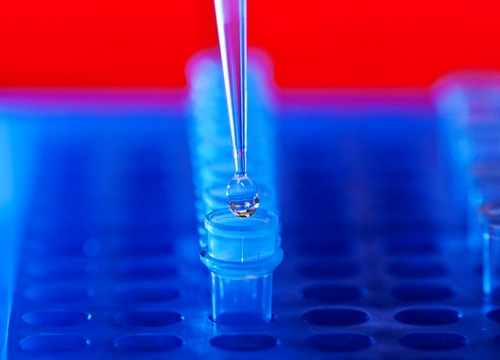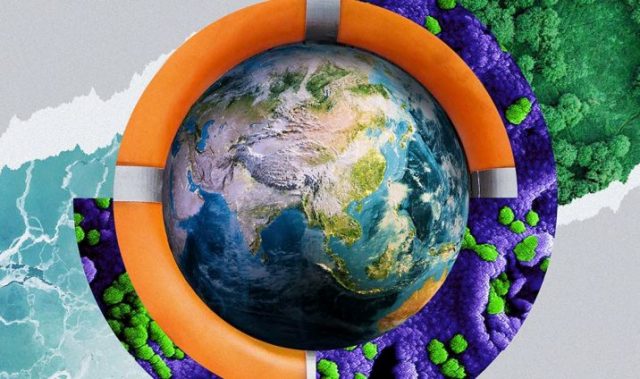
Asian Scientist (Dec. 6, 2013) – Researchers at the Genome Institute of Singapore (GIS) have successfully converted human embryonic stem cells (hESCs) cultured in the laboratory to a state that is closer to the cells found in the human blastocyst. The blastocyst is a biological structure formed in early human development that includes a group of cells that eventually gives rise to an embryo.
The breakthrough, published in Cell Stem Cell, means that scientists are one step closer to cultivating stem cells for research and potential therapeutic purposes, as well as understanding the processes of early human development.
Pluripotent stem cells such as hESCs and induced pluripotent stem cells (iPSCs) have the remarkable ability to differentiate into various cell types of the adult body while proliferating continuously in culture. In the field of regenerative medicine, these cells are potentially a limitless resource to generate cells of different body parts such as the eye, liver, brain, kidney and pancreas to treat degenerative diseases or replace of worn out organs. Pluripotency is the essential property of the cells of the blastocyst in the early stages of human development.
Using previously established hESCs, the researchers screened for culture conditions that could induce a stable change of cell state. They found that the use of a specific combination of small molecules and growth factors, termed 3iL, converted hESCs to a state that resembled cells within the native blastocysts.
Previously, when cultured in the laboratory, hESCs adopt molecular differences, which limit their use in therapeutic applications or disease modeling.
The article can be found at: Chan YS et al. (2013) Induction Of A Human Pluripotent State With Distinct Regulatory Circuitry That Resembles Preimplantation Epiblast.
——
Source: A*STAR; Image: GloryFish/Flickr/CC.
Disclaimer: This article does not necessarily reflect the views of AsianScientist or its staff.












